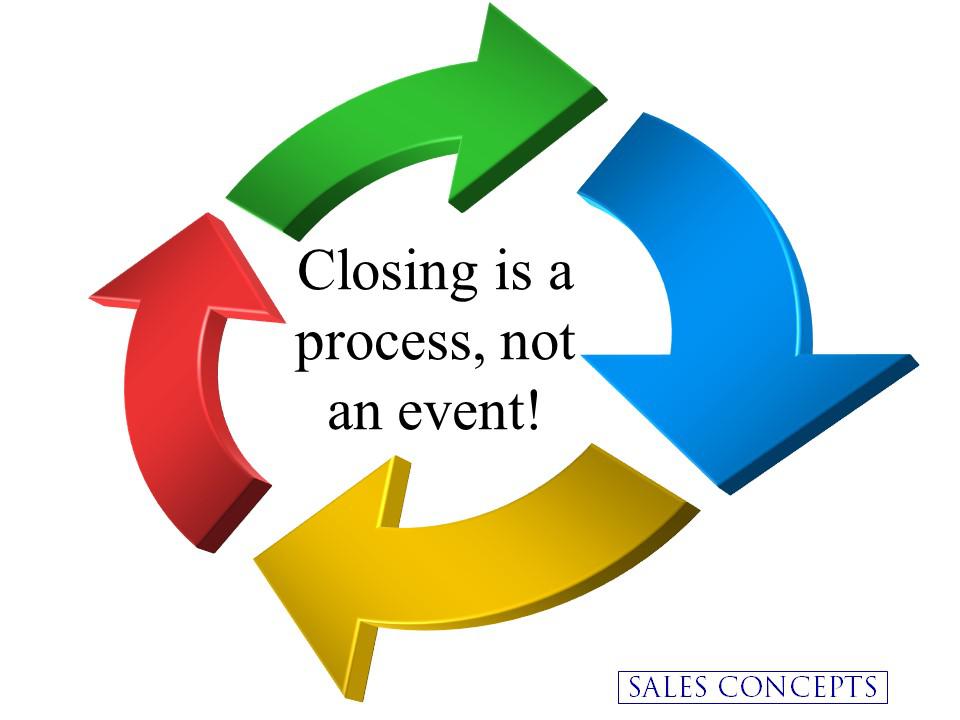Closing Is a Process, Not an Event
In sales, many of us envision the close as a single, dramatic moment when the buyer finally says yes and signs the papers to make the purchase. But in reality, closing is not an event; it is a process that unfolds from the very first conversation you have with a prospect. The outcome of your deal is largely determined long before you ever talk about signing a contract.
When salespeople view closing as a single, make-or-break event, they often scramble to save a deal at the last minute. They offer discounts, throw in extras, or pressure buyers to move forward. But these tactics rarely work if the groundwork has not been laid early. Mistakes made at the beginning of the sales cycle often surface at the end, typically when it is too late to correct them.
Early sales mistakes that come back to haunt you.
- Skipping discovery. Rushing through discovery can leave you blind to fundamental decision drivers and hidden objections.
- Assuming the value is obvious. If you do not connect the impact of your solution to measurable business outcomes early, price becomes the differentiator.
- Focusing on features instead of results. Buyers care about solving their problems, not the technical details of your product.
- Ignoring the buying committee. Deals die when key stakeholders are left out or do not understand the value.
- Neglecting change management. Even the perfect solution can fail if you do not help the buyer envision a smooth transition.
By the time you attempt to negotiate final terms, these gaps will manifest as stalled deals, surprise objections, and leave you vulnerable to the assumptions of unknown and uninvolved decision-makers.
Here are some thoughts to consider about closing:
- You do not win the deal at the end; you win it starting with the first conversation.
- Every sales call consists of a smaller close that builds momentum toward the final yes.
- A buyer’s confidence in you is built long before they see the contract.
- Price pushback at the end is usually a result of not understanding value at the beginning.
- Closing well requires opening well.
Here are five tips for positioning the final close:
1. Summarize the journey.
Before asking for a signature, recap the buyer’s stated challenges, your proposed solution, and the value you’ve agreed upon. This reminds decision makers of the logic behind their purchase.
2. Secure stakeholder alignment early.
Map the buying committee and gain buy-in before the final proposal. Avoid being blindsided by someone new at the eleventh hour.
3. Tie the close to the business impact.
When you ask your customer if they would like to move forward, reinforce how your solution addresses their stated priorities and measurable outcomes (cost reduction, productivity, revenue growth).
4. Pre-handle risk and change concerns.
Buyers hesitate when they feel exposed. Discuss implementation, support, and risk mitigation ahead of time so closing feels safe.
5. Ask with confidence and clarity.
When you have built trust and delivered value throughout the process, the final ask should feel natural, not pushy. Use simple language like, Are you ready to move forward with the plan we have outlined? Then be quiet
Closing is not a magic phrase or a single bold ask. It is the natural outcome of a well-managed sales process. When you position yourself as a trusted advisor, align stakeholders, and connect your solution to measurable value from the outset, the close stops feeling like a high-pressure moment. It becomes a confident, mutually beneficial next step.

